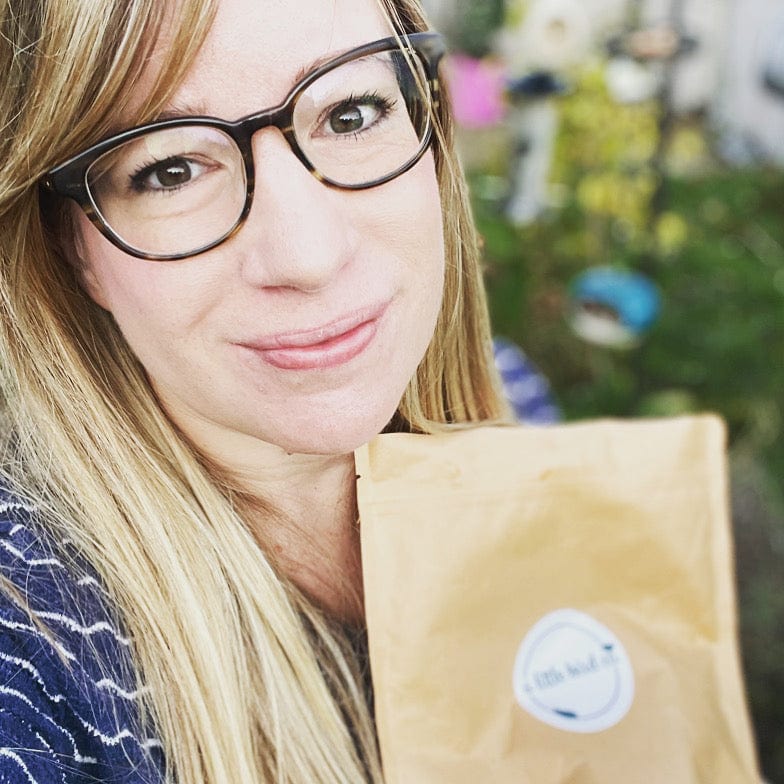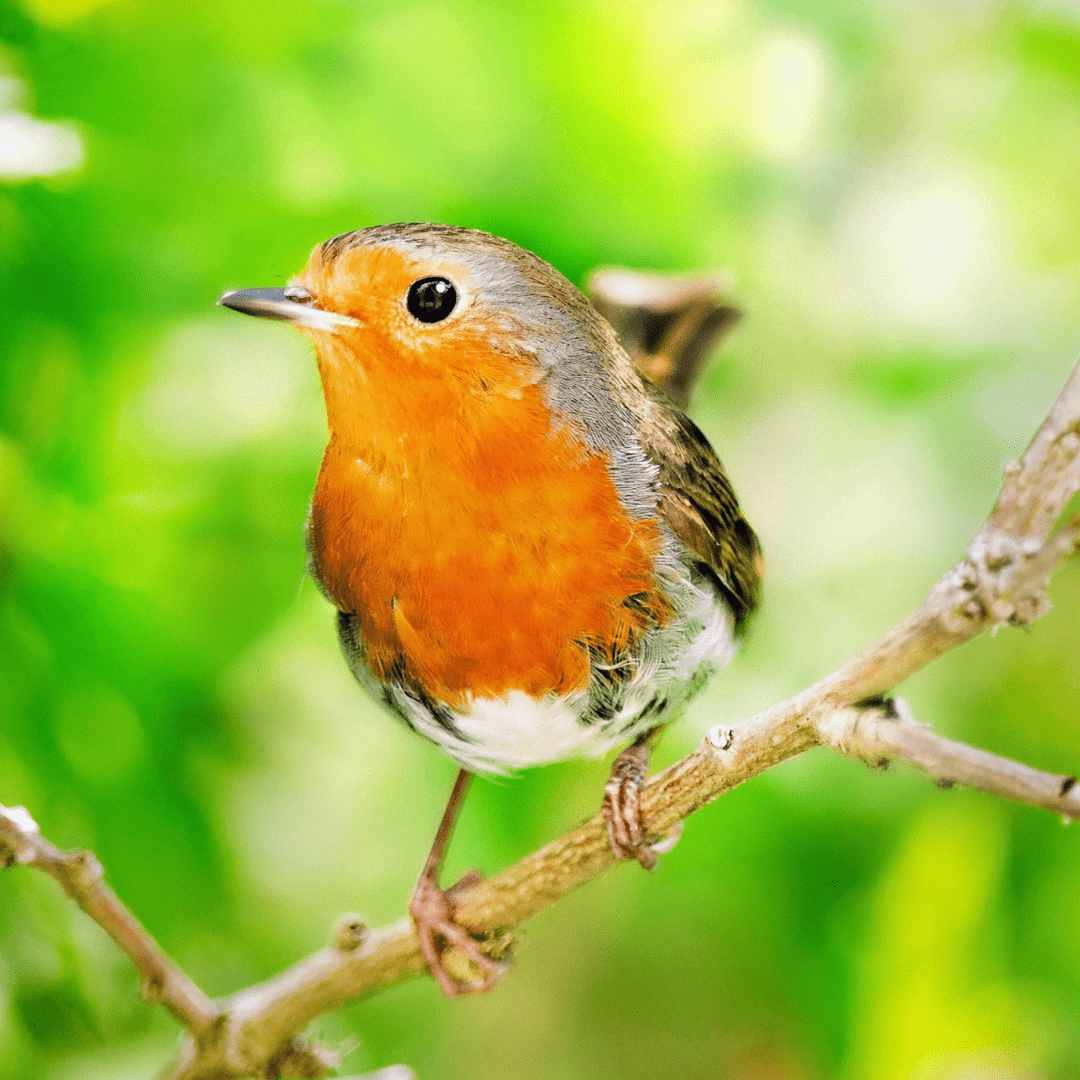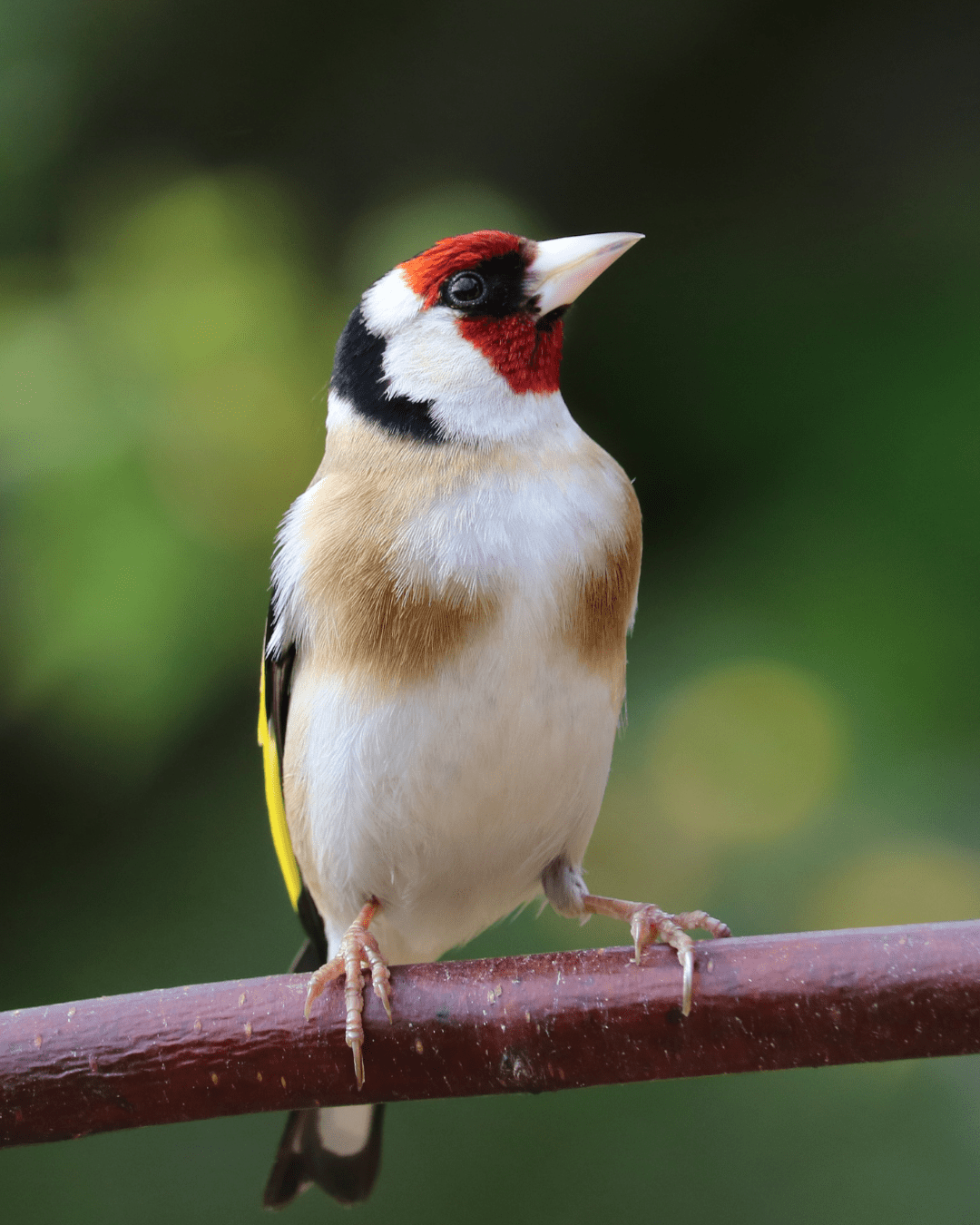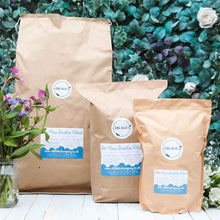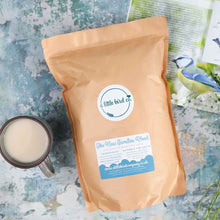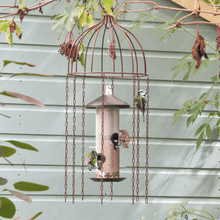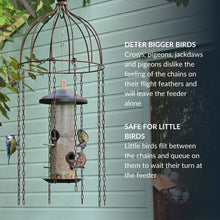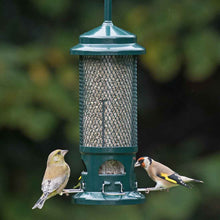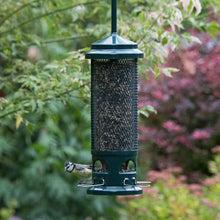How do birds know how to migrate? Learning more about amazing migrations
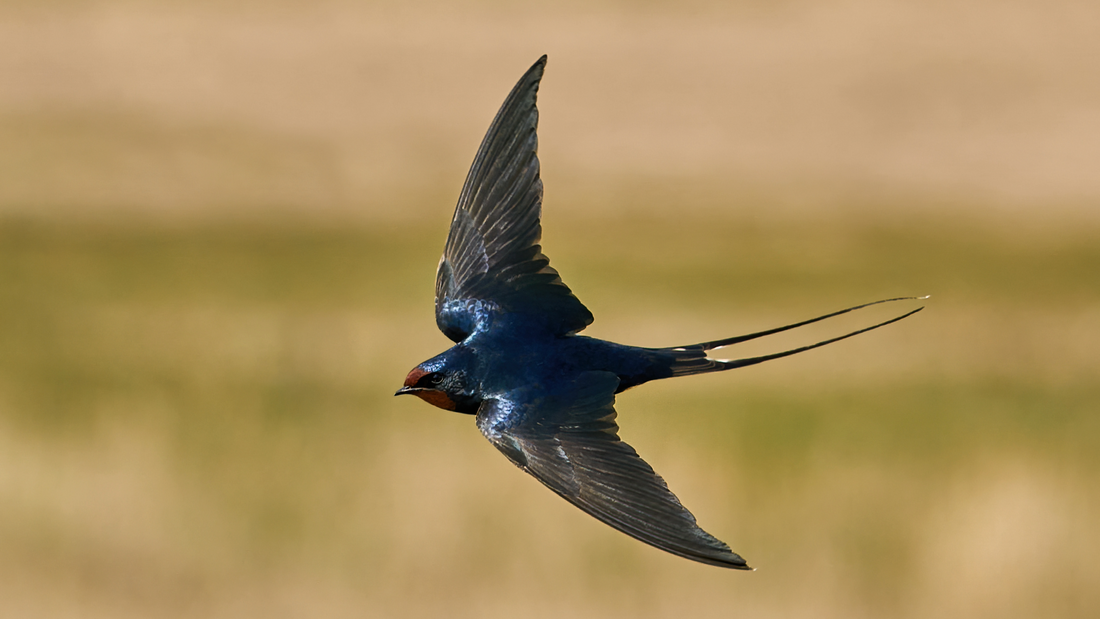
Every summer, I look forward to watching the swallows that visit the open barns at the equestrian unit where I make up your bird food. Their arrival fills me with excitement, and I love watching them build their nests, feed their young, and swoop over the wildflower meadow to catch insects. It’s always bittersweet when they leave for the winter, and I can’t help but wonder, when I spot a swallow resting on a power line from late August onwards, if it will be the last time I see them that year.
Swallows, like millions of other birds, embark on incredible journeys every year, flying thousands of miles between their breeding grounds and wintering spots. The UK plays a crucial role in this migration, serving as both a stopover and a destination for many migratory species. September, in particular, is a peak time for bird migration, with birds like swallows leaving for warmer climates. Migration is driven by the search for food, favourable climates, and safe breeding sites. Some birds travel short distances, while others, like the swallows, undertake epic journeys across continents. These migrations follow well-established routes, known as flyways.
Bird migration is a remarkable process that has evolved over thousands of years. Birds navigate using their innate sense of direction, which is partly influenced by the Earth’s electromagnetic fields. Even young birds, just a few months old, embark on their first migrations with incredible precision, guided by older, experienced birds and using the sun, stars, and landmarks. Some species even time their journeys according to specific weather patterns or seasonal events, like Eleanora’s falcons, which time their migration to coincide with the southbound passage of passerines, which they use to feed their young.
Migration isn’t without its risks. Birds often travel at night to avoid predators and to conserve energy. They rely on safe stopover sites to rest and refuel along the way. Swallows, for example, travel up to 200 miles a day and make their way from South Africa to the UK every year. Swifts, too, make long migrations, flying up to 6,000 miles between their African wintering grounds and UK nesting sites.
In the UK, we’re lucky to have key migration routes like the East Atlantic Flyway, which stretches from the Arctic to Africa. Popular stopover sites, such as RSPB reserves like Minsmere and Bempton Cliffs, provide much-needed rest and food for migrating birds. Estuaries, including The Wash and Morecambe Bay, are rich feeding grounds for waders and waterfowl.
Birds do sometimes get lost along the way, often overshooting their destination or being blown off course by storms, which is why twitchers often travel miles to spot rare or unexpected visitors. But these migrations are also a reflection of environmental health, highlighting how climate change, habitat destruction, and other factors can impact bird populations.
The history of bird migration is fascinating, too. While the concept of migration has been around since Ancient Greece, it wasn’t until the 20th century that we truly understood how far some birds travel. For instance, the myth that swallows hibernate in ponds over winter was debunked in 1911 when a swallow ringed in Staffordshire was later found in South Africa. Today, we know that swallows make a six-thousand-mile journey to South Africa every year.
Bird migration is driven by the need for food and breeding success. For example, summer migrants like swallows, warblers, and swifts come to the UK from southern countries, while winter migrants like fieldfares and redwings arrive from the north. There are also altitudinal migrants, such as skylarks, that move to lower altitudes for the winter, and moult migrants, which seek quieter areas to moult their feathers away from predators.
Migration patterns are complex, and we’re still piecing together how birds know when and where to migrate. They rely on various cues, including the sun, stars, wind patterns, and the Earth’s magnetic fields. Geese, for example, migrate in V-shaped formations, taking turns to lead and dropping back when they get tired. Even nocturnal birds, like nightjars, use short calls to avoid collisions during their night flights.
As bird migration continues to amaze and inspire us, it’s important to remember the challenges that birds face along the way. Whether it’s pollution, hunting, or storms, the conservation of migrating birds requires international cooperation. Watching the swallows as they depart each autumn, I feel a sense of awe and admiration for their incredible journey. As we say goodbye to them, it’s comforting to know that they, and so many other birds, will return again next year, following the same well-worn paths across the globe.


